When you track a package, you might notice that it often stops at something called a carrier facility. But what exactly is a carrier facility, and how does it fit into the broader supply chain? Whether you’re a small business owner trying to streamline your operations or a curious consumer, understanding the role of a carrier facility can be highly beneficial.
This blog will break down the essentials of carrier facilities, how they operate, and why they are vital to efficient logistics.
What is a Carrier Facility?
A carrier facility is a key component of the supply chain, serving as a hub where goods are stored, processed, and distributed to their final destinations. These facilities are crucial for ensuring that products move smoothly from manufacturers to consumers.
The importance of carrier facilities cannot be overstated; they help manage the flow of goods and materials efficiently, keeping the supply chain running smoothly.
Carrier facilities come in various forms, each tailored to specific logistical needs. Some common types of carrier facilities include:
- Warehouses: Large spaces designed primarily for storage.
- Distribution Centers: Facilities that focus on the rapid movement of goods.
- Fulfillment Centers: Centers specifically geared toward order processing and shipment.
Functions of a Carrier Facility
Carrier facilities serve several essential functions within the logistics process. These include:
- Storage: One of the primary functions of a carrier facility is to store goods until they are needed. This involves managing vast inventories and ensuring that products are stored in a way that preserves their quality.
- Handling: Beyond storage, carrier facilities are responsible for handling goods, which includes unloading, loading, and sometimes even repackaging items.
- Distribution: Carrier facilities play a crucial role in distributing products to various destinations. They act as the middleman between suppliers and customers, ensuring that goods reach their final destination efficiently.
- Inventory Management: Effective inventory management is key to a carrier facility’s operation. These facilities track stock levels, monitor product movement, and manage reorder processes to ensure that inventory is always at optimal levels.
These functions are the backbone of a carrier facility’s operations, enabling it to efficiently manage the flow of goods from suppliers to customers.
By handling storage, managing inventory, and coordinating the distribution of products, carrier facilities ensure that the supply chain remains unbroken and responsive to the demands of businesses and consumers alike. Each function is interconnected, with effective inventory management leading to better handling and distribution, ultimately resulting in timely and accurate deliveries.
How Carrier Facilities Operate
Understanding the operations of a carrier facility can provide valuable insights into how goods are efficiently managed and moved through the supply chain. These facilities are intricate hubs where every step is meticulously planned and executed to ensure smooth delivery processes.
Here is a step-by-step explanation of how a carrier facility operates:
- Receiving Goods
- Sorting and Storing
- Order Fulfillment
- Transportation Coordination
The first step in the operation of a carrier facility is receiving goods. When products arrive from suppliers, they are carefully checked to verify their condition and quantity. This involves a thorough inspection to ensure that the items meet the expected standards and that nothing has been damaged during transit. Once verified, the products are logged into the facility’s inventory management system, making them ready for the next phase.
Following the receipt of goods, the next critical task is sorting and storing. The products are sorted based on various criteria such as destination, product type, or size. This sorting is essential for efficient storage and easy retrieval later on.
For example, items destined for the same region might be grouped together. After sorting, the goods are stored in designated areas within the facility. The storage methods are designed to maximize space while keeping the items organized and accessible. For instance, frequently moved products might be stored in easily reachable locations, while less commonly accessed items may be placed in higher or deeper storage areas.
Once the products are needed for delivery, the facility moves to order fulfillment. This stage involves picking the items from storage, packing them securely, and preparing them for shipment. The picking process is guided by the inventory system, which ensures that the correct items are selected.
Packing is done with care to protect the products during transit, and the packages are labeled with the necessary shipping information. This ensures that they reach the correct destination without any delays or mishaps.
The final step in the operation is transportation coordination. Here, the facility coordinates with transportation providers to schedule pickups and ensure that the goods are delivered on time. This involves creating shipping labels, arranging transportation routes, and tracking shipments as they move toward their final destination.
The coordination between the facility and transportation providers is crucial for maintaining an efficient and reliable supply chain, ensuring that products reach customers promptly.
The operation of a carrier facility is a complex process that involves multiple stages, each designed to handle goods with precision and care. From receiving and storing to fulfilling orders and coordinating transportation, every step is crucial for the successful delivery of products.
Benefits of Using a Carrier Facility
Carrier facilities offer numerous benefits, particularly for small and medium-sized businesses (SMBs):
- Cost Efficiency: By using a carrier facility, businesses can significantly reduce operational costs. These facilities allow companies to store large quantities of goods without investing in their own infrastructure.
- Scalability: As your business grows, carrier facilities provide the flexibility to scale operations without the need for significant capital investment.
- Flexibility: Carrier facilities offer flexibility in managing inventory and distribution. You can adjust your storage needs and distribution strategies based on seasonal demands or market changes.
- Improved Service Levels: By streamlining logistics, carrier facilities help improve delivery speed and accuracy, leading to enhanced customer satisfaction.
The benefits of using a carrier facility extend beyond just cost savings. They provide businesses with the agility needed to adapt to changing market conditions, whether it’s scaling up during peak seasons or adjusting inventory levels during slower periods. The flexibility and efficiency gained from partnering with a carrier facility can be a game-changer for SMBs, allowing them to compete more effectively with larger companies.
Additionally, improved service levels contribute to higher customer satisfaction, as timely and accurate deliveries become the norm rather than the exception. Ultimately, these advantages make carrier facilities an invaluable asset in the logistics and supply chain process, enabling businesses to focus on growth and customer experience.
How Long Do Packages Stay at Carrier Facilities?
Packages typically stay at a carrier facility for a relatively short period, usually ranging from just a few hours to a couple of days. The duration of a package’s stay depends on various logistical factors, including the facility’s processing efficiency, the destination of the package, and the type of service selected by the sender.
For instance, express or priority shipments are often processed more quickly and may only spend a few hours at the facility before being dispatched to the next destination.
However, several factors can influence how long a package remains at a carrier facility. Destination plays a significant role; packages bound for international locations may require additional processing time, especially if customs clearance is involved. Facility efficiency is another critical factor; some facilities are highly automated and can process large volumes of packages rapidly, while others may take longer due to manual handling processes or high traffic volumes.
Unforeseen delays can also extend the time a package spends at a facility. Weather conditions, for example, can disrupt transportation schedules, causing packages to be held longer until it is safe to continue their journey.
Similarly, issues such as mechanical breakdowns, strikes, or other operational disruptions can lead to delays. Additionally, during peak seasons like the holidays, the high volume of shipments can slow down processing times, causing packages to stay at facilities longer than usual.
While packages generally move quickly through carrier facilities, the exact duration of their stay can vary based on several dynamic factors.
Getting Started with Carrier Facilities
If you’re considering partnering with a carrier facility for your business, here are some steps to get started:
- Assessing Your Needs: Begin by evaluating your business needs. Consider factors such as the volume of goods you handle, your storage requirements, and your distribution channels.
- Finding Providers: Research potential carrier facility providers. Look for those with a proven track record in your industry, and don’t hesitate to ask for references or case studies.
- Setting Up: Once you’ve chosen a provider, the next step is setting up your partnership. This involves finalizing contracts, integrating systems, and establishing communication protocols.
Need Faster Shipping for Your Small Business
By understanding the role of carrier facilities and how they operate, you can better appreciate the complex journey your packages take before arriving at your door. Whether you’re a business owner or a consumer, this knowledge can help you make more informed decisions about shipping and logistics.
If you’re looking to improve your business’s shipping times, consider the benefits of renting a small warehouse space. WareSpace offers a cost-effective way to strategically position your inventory closer to key locations, improving delivery speed. With efficient inventory management and access to essential facilities like loading docks, your business can operate with the same efficiency as large corporations—without the hefty price tag.
This approach not only streamlines your logistics but also enhances your ability to meet customer demands quickly and reliably. Book a tour today to learn more about how WareSpace can help your business.
Carrier Facilities FAQs
Why does a package sit at a carrier facility?
Packages may sit at a carrier facility due to processing delays, high volume, or awaiting further transportation arrangements.
What does it mean when it says a package has arrived at a carrier facility?
This indicates that your package has reached a key point in the logistics chain and is being processed before moving to the next stage of delivery.
What does it mean when it says a package has left the carrier facility?
This means that your package has been processed and is now en route to its next destination, either another facility or the final delivery point.
Can you pick up packages from a carrier facility?
In some cases, yes. However, this depends on the policies of the carrier facility and the logistics provider. It’s best to check with the carrier directly.
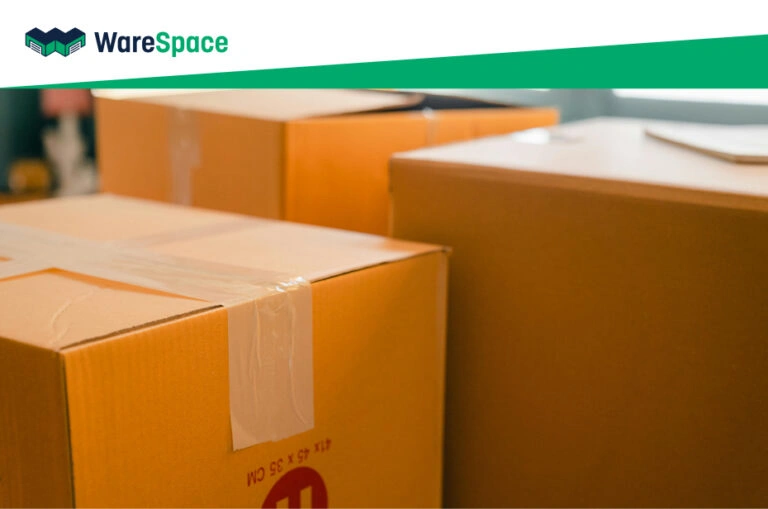
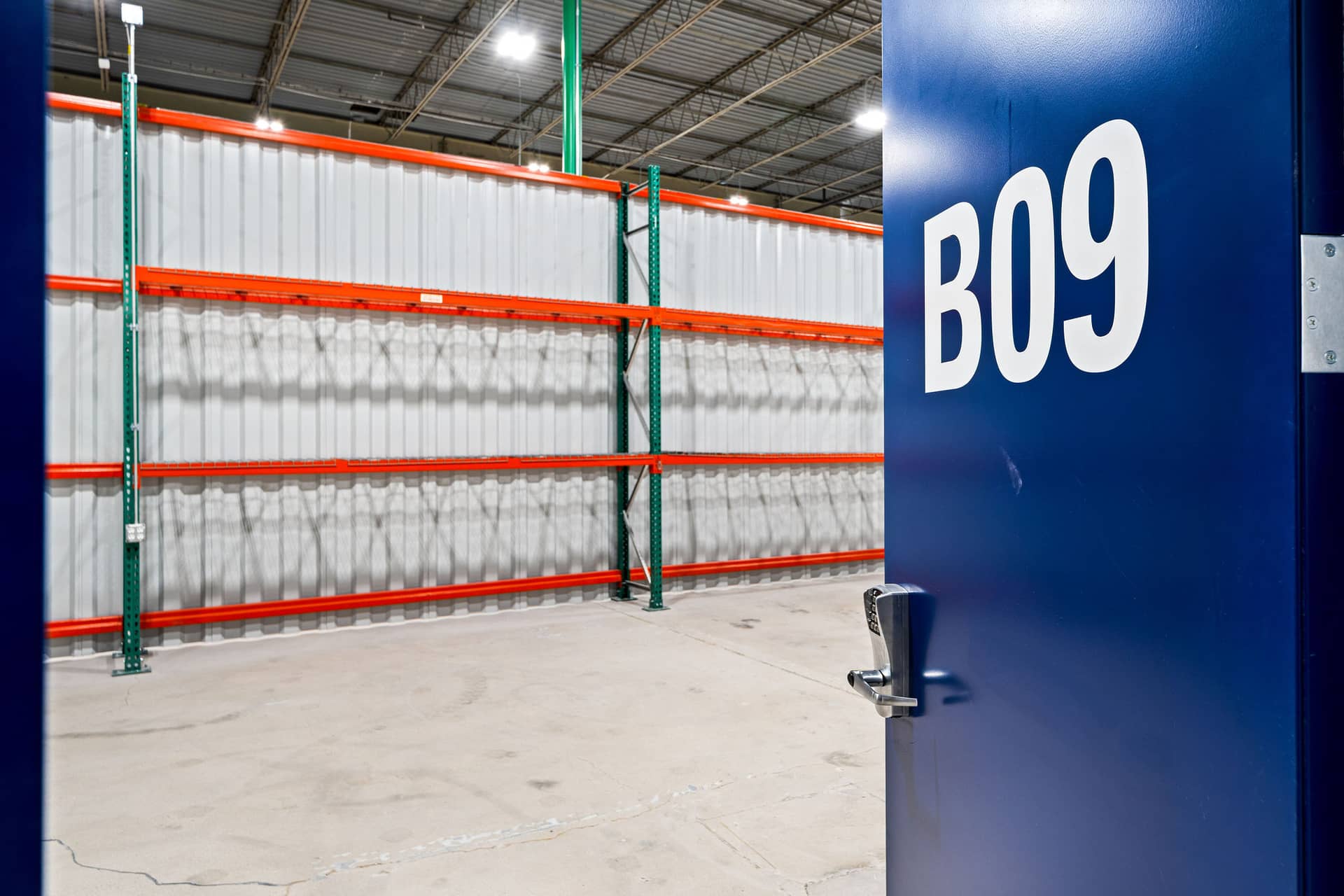
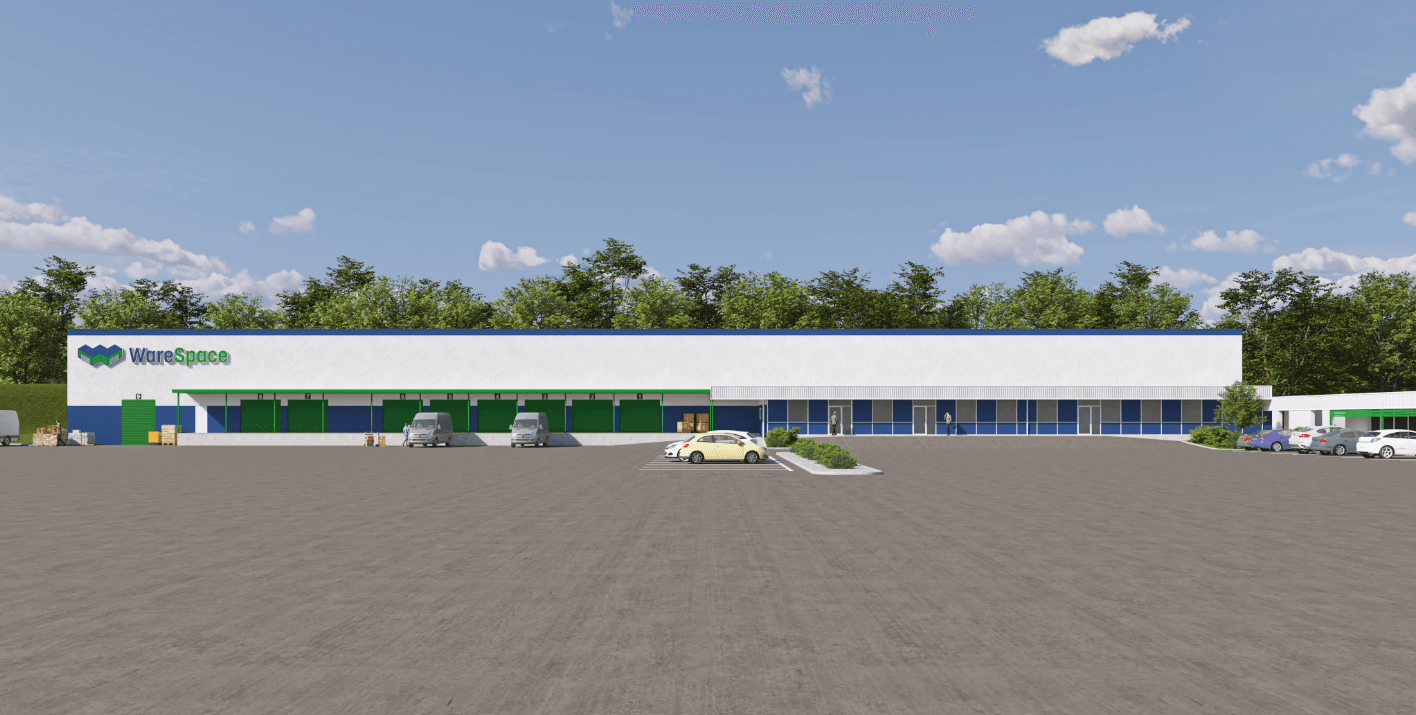
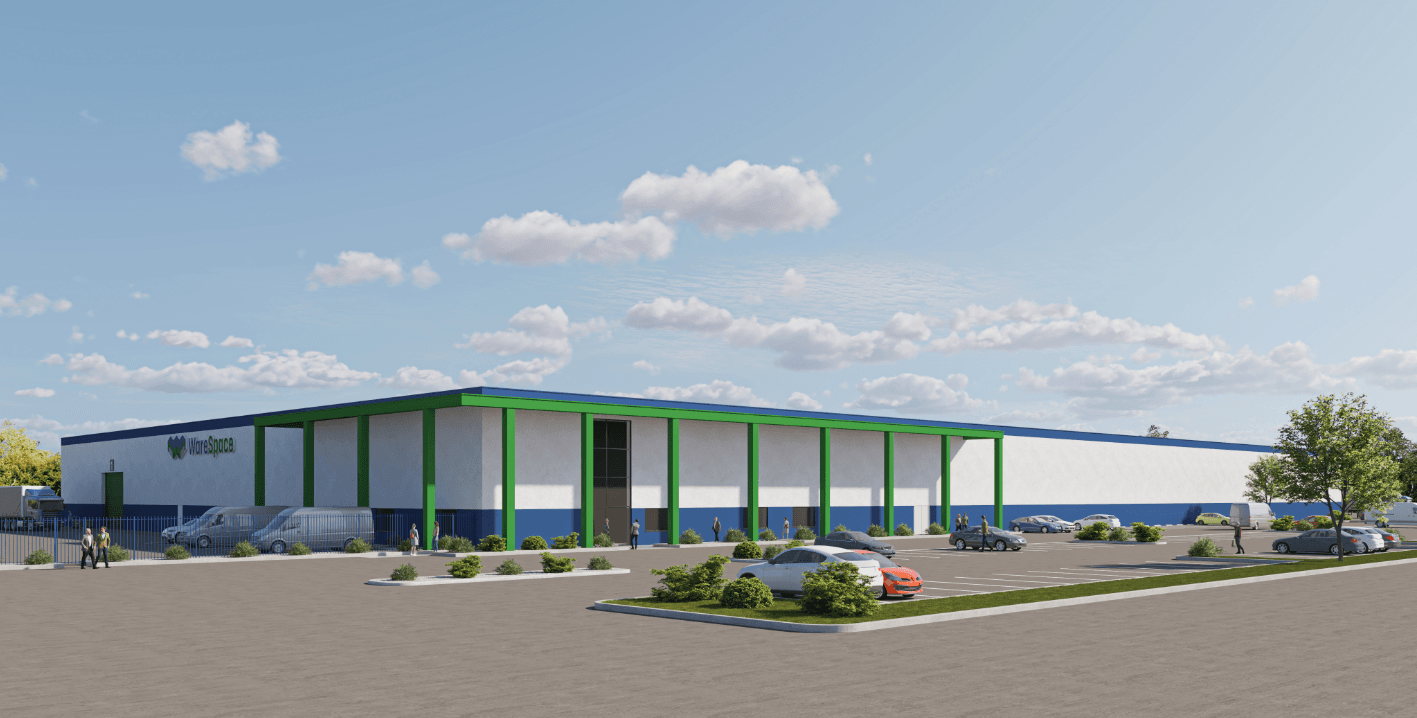
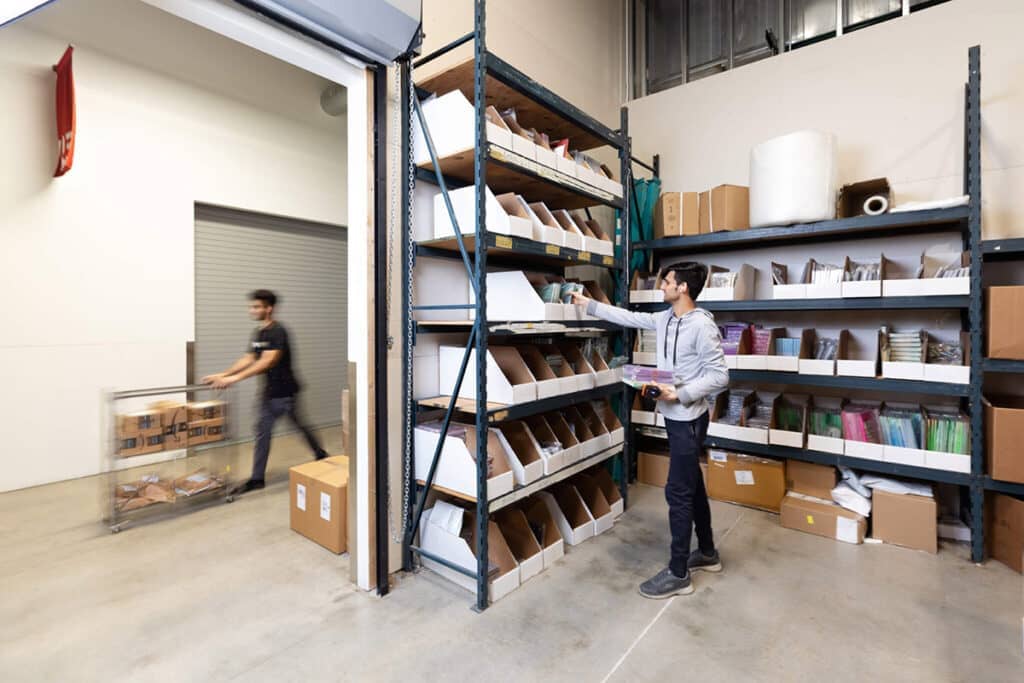
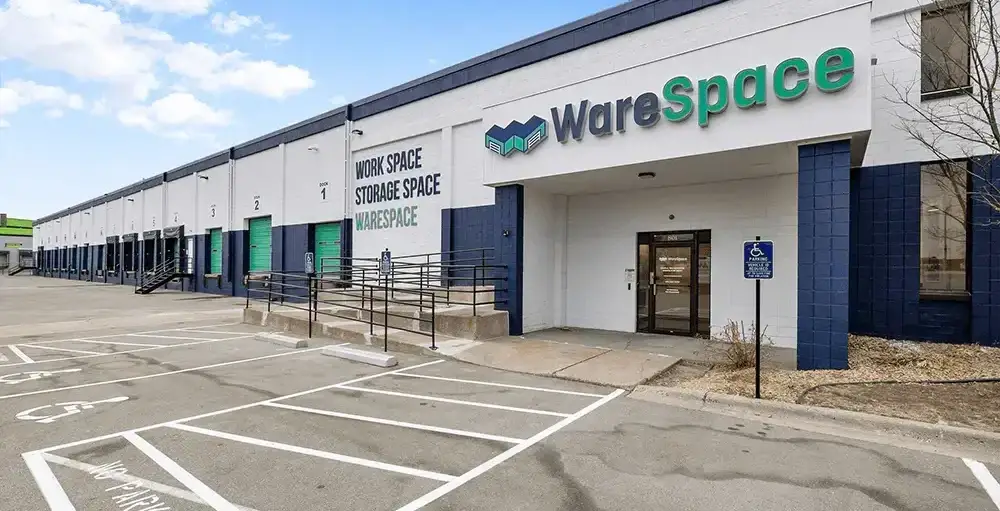
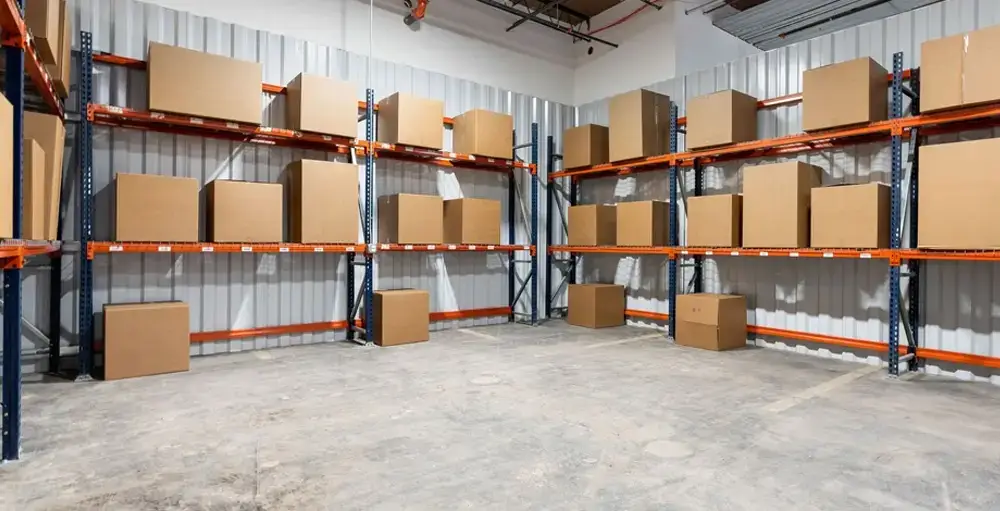
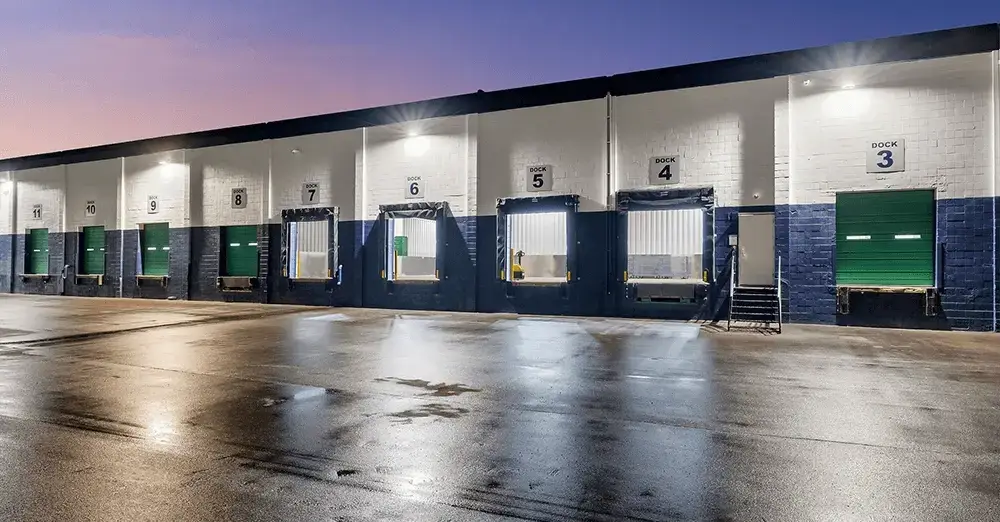
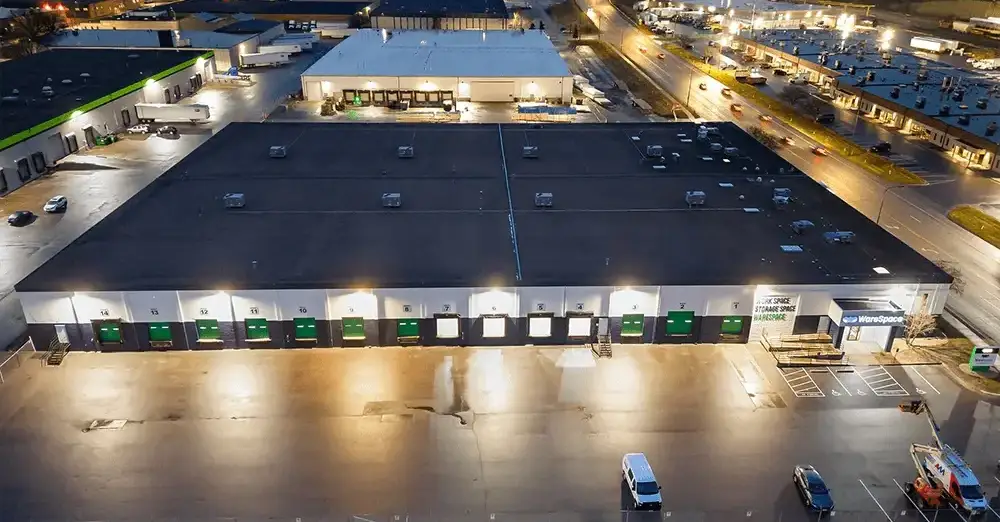











 ►
Explore 3D Space
►
Explore 3D Space